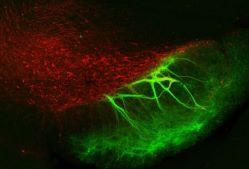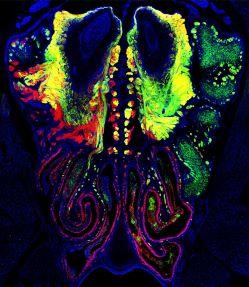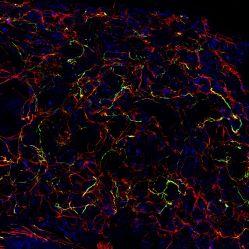Jeffrey Diamond, Ph.D., Scientific Director, NINDS
The OSD manages activities essential to the success of the overall operation of the research program, while actively promoting a diverse environment that encourages collaborative and rigorous science in support of the NINDS mission.
Contact: NINDSOSD@nih.gov
Address: Office of the Scientific Director, NINDS, 35A Convent Dr., Rm. GF-144, MSC 3716, Bethesda, MD 20892
OSD Staff |
|---|
|
R. Benjamin Free, Ph.D. Assistant Director of Science Operations Support |
|
Rachael Schacherer Chief of Staff |
|
Liza Litvina, Ph.D. Assistant Director, Strategic Resource Management (Acting) |
|
Caren Collins Supervisory Program Analyst |
|
Pat McGurrin, Ph.D. Scientific Program Analyst |
|
Duilio Correa Data & Management Analyst |
|
Jennifer Delawder Title 42 Program Coordinator |
|
MaryCatherine Hellmuth Program Specialist |
|
Molly Frazier Espaillat Executive Assistant |
OSD Unit Heads |
|---|
|
Rita Devine, Ph.D. Advisor to the Scientific Director for Scientific Capacity Building |
|
Faith Plante, Ph.D. Director of Training and Education |
|
Christine Koch-Paiz Chief Administrative Officer |
|
Mark Edwards Chief, Scientific Computing Support Section |
|
Sue Ano, Ph.D. Director, Technology Transfer Office (TTO) |
|
Heather Narver, V.M.D. Chief, Animal Health Care Section |




